When it comes to purchasing a new vehicle, safety is one of the most important factors to consider. Consumers and automotive experts alike rely on the Global NCAP Safety Rating to assess how well a car performs in crash tests and its overall safety features. The Global NCAP (New Car Assessment Program) has become a key benchmark for vehicle safety across the globe, helping consumers make informed decisions when buying cars. In this article, we’ll take a closer look at what the Global NCAP Safety Rating is, how it’s determined, and why it’s crucial for modern vehicles.
What is Global NCAP?
Global NCAP, short for the Global New Car Assessment Program, is an international organization that conducts crash tests and evaluates the safety performance of vehicles. The goal of Global NCAP is to improve road safety by providing consumers with transparent and accurate safety information. This independent testing helps manufacturers improve their vehicles, and consumers gain confidence in the safety of the cars they drive.
Global NCAP is a part of a network of regional NCAP programs, each focusing on specific markets, such as Latin NCAP, Euro NCAP, and ASEAN NCAP. The results are used not only by buyers but also by governments, insurance companies, and car manufacturers to drive improvements in automotive safety standards.
How is the Global NCAP Safety Rating Determined?
The Global NCAP Safety Rating is based on a series of rigorous crash tests and evaluations that measure a vehicle’s ability to protect its occupants in various types of collisions. The tests typically include:
-
Frontal Impact Test: This test simulates a head-on collision, which is one of the most common types of crashes. The vehicle is impacted at 64 km/h (40 mph) against a deformable barrier, and the crash test dummies inside the vehicle are monitored for injury levels.
-
Side Impact Test: The vehicle is struck by a moving barrier on the side to simulate a side-impact collision, which can be dangerous for occupants, especially in smaller cars.
-
Pedestrian Safety Test: Global NCAP also evaluates the vehicle’s impact on pedestrians in case of a collision. This includes testing the front-end design of the car to minimize injury to pedestrians during an accident.
-
Whiplash Protection: This test assesses the vehicle’s ability to protect passengers from neck and spine injuries caused by rear-end collisions.
-
Other Features: Global NCAP also assesses the availability of active safety features like electronic stability control, lane assist, and airbags, which contribute to the vehicle’s overall safety rating.
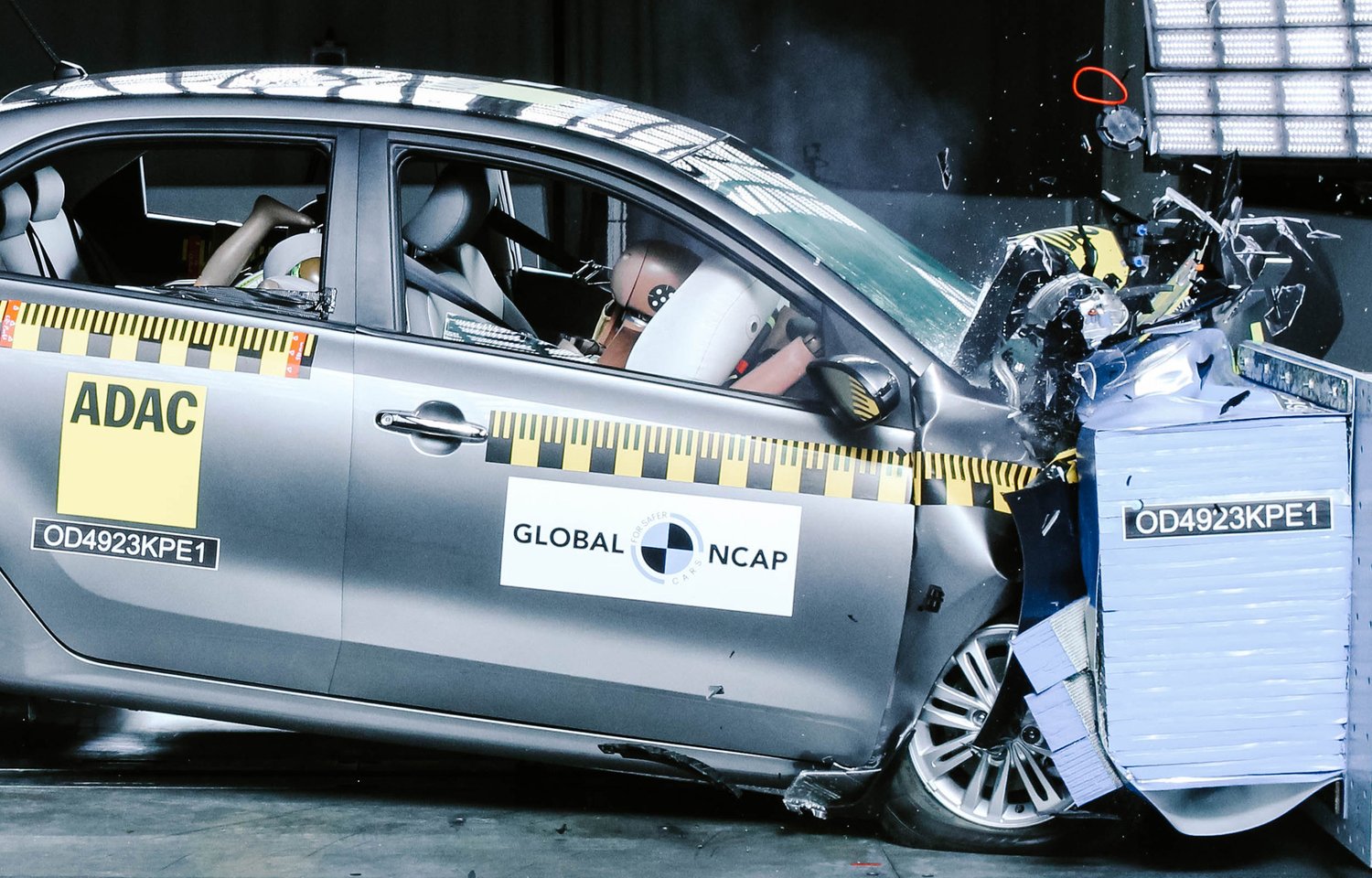
Each vehicle is rated on a 5-star scale, with 5 stars representing the highest level of safety. The results are given in both adult occupant protection and child occupant protection categories, reflecting the overall safety of the car in various real-world situations.
Importance of the Global NCAP Safety Rating
The Global NCAP Safety Rating has become an essential tool for consumers to choose safe cars. With increasing awareness about vehicle safety, a higher safety rating directly influences a vehicle’s popularity and consumer trust. Here’s why the Global NCAP rating matters:
-
Peace of Mind for Consumers: With an NCAP rating, consumers can have greater confidence in the car they purchase. It assures buyers that the vehicle has passed tough safety standards and will provide protection in case of an accident.
-
Encourages Manufacturers to Improve Safety: Car manufacturers use NCAP results to improve the design and safety features of their vehicles. The pressure to achieve a high NCAP rating has led to many manufacturers making significant advancements in car safety technology.
-
Helps Governments Set Safety Standards: Governments and regulatory bodies refer to NCAP results when creating and updating safety regulations. The data collected from NCAP tests contributes to setting minimum safety standards for cars sold in different countries.
-
Insurance Companies: The higher the safety rating, the lower the risk for insurance companies. Cars with better safety ratings may attract lower insurance premiums, making them more appealing to buyers.
Recent Global NCAP Safety Ratings: What’s Trending?
The automotive industry is continuously evolving, and so are the safety features that come with modern cars. In recent years, several popular cars have earned impressive safety ratings from Global NCAP:
-
Toyota Fortuner: The Fortuner, a popular SUV in many countries, received a 5-star rating in adult occupant protection and a 4-star rating for child occupant protection, making it one of the safest vehicles in its category.
-
Tata Nexon: Tata’s compact SUV, the Nexon, has achieved a remarkable 5-star safety rating from Global NCAP, earning praise for its solid build and comprehensive safety features.
-
Mahindra XUV300: The XUV300 from Mahindra also scored 5 stars in adult occupant protection, thanks to its advanced safety systems such as multiple airbags, ABS with EBD, and more.
Conclusion
The Global NCAP Safety Rating plays a crucial role in ensuring that consumers have access to important information about the safety of the vehicles they drive. By understanding the Global NCAP rating system and how it’s determined, buyers can make well-informed choices that prioritize their safety on the road. Whether you’re looking for a family car, an off-road adventure vehicle, or a compact city car, always check the Global NCAP rating to ensure that your vehicle meets the highest safety standards.
Also Read: CFMoto 750SS Specs Leaked: What We Know So Far
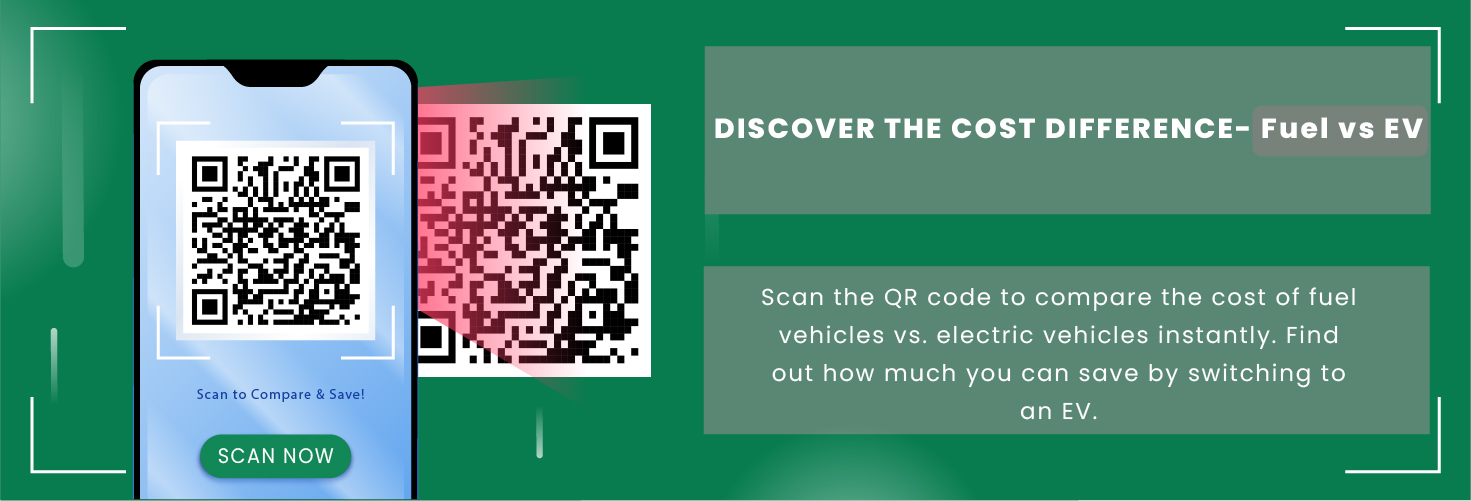
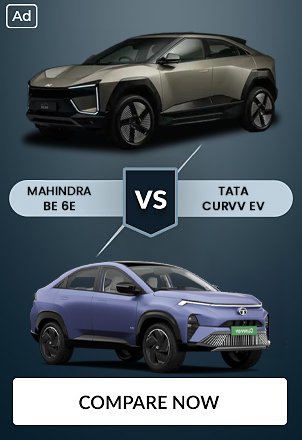
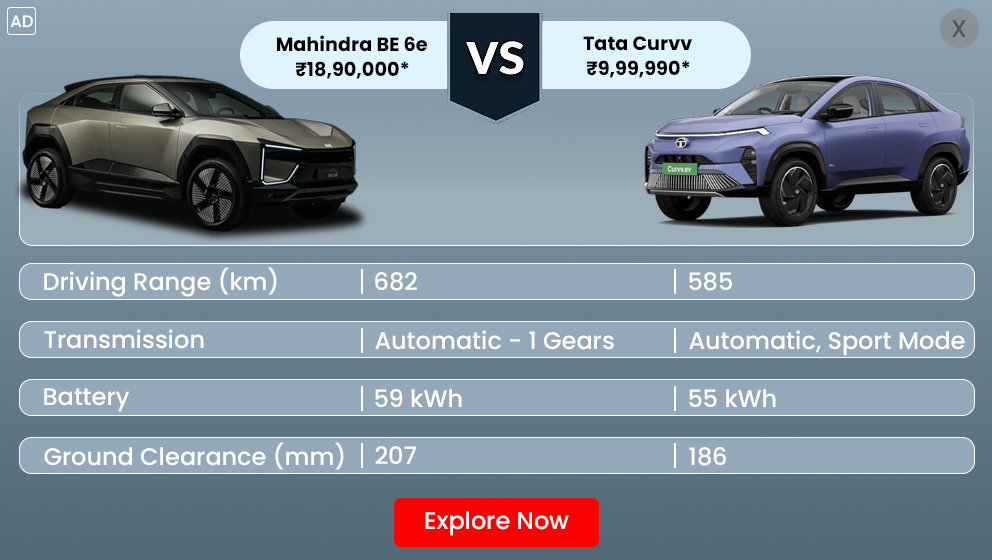



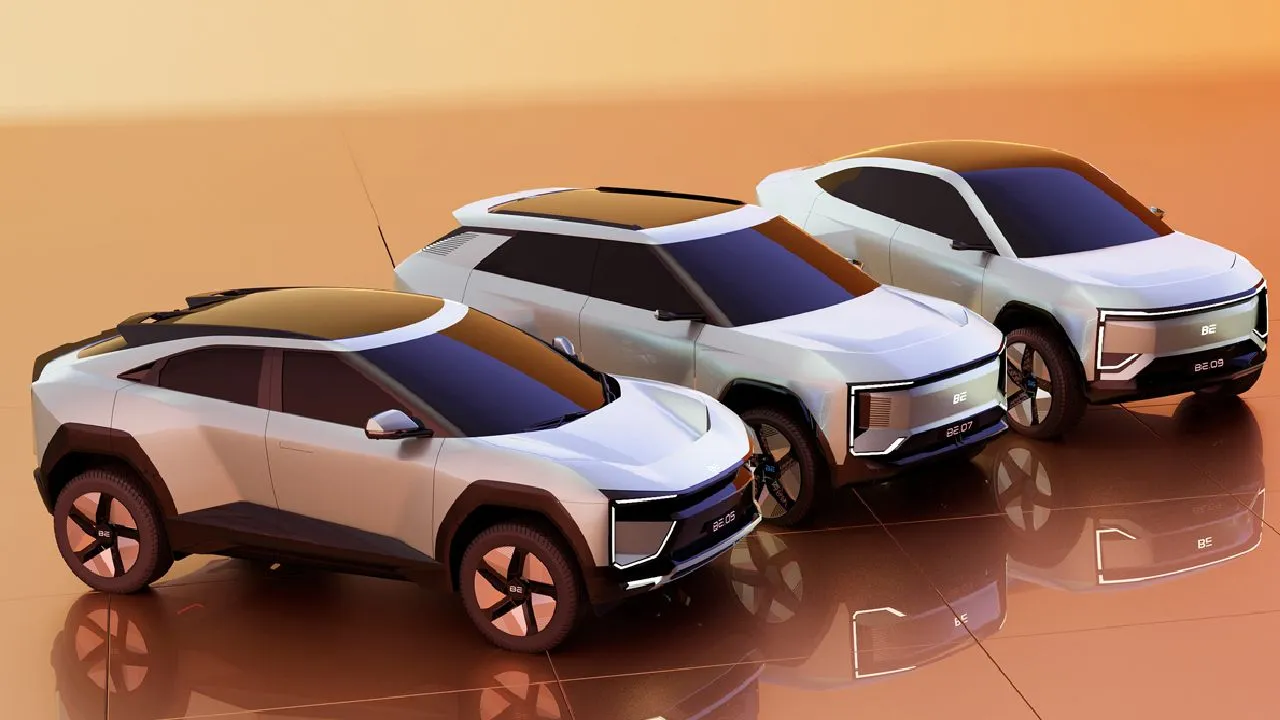
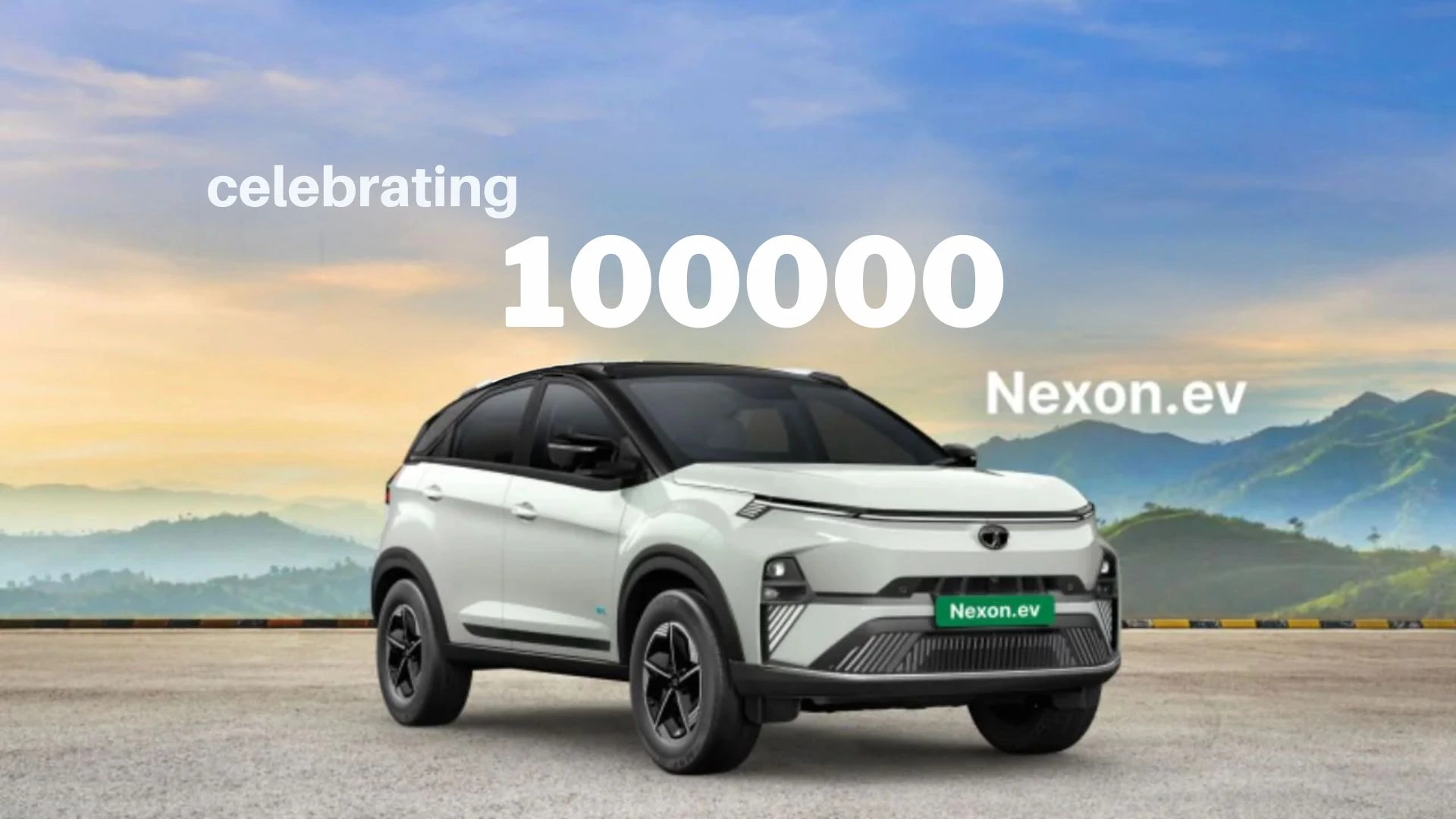
_1766557873.webp)
_1766486282.webp)
_1766480458.webp)